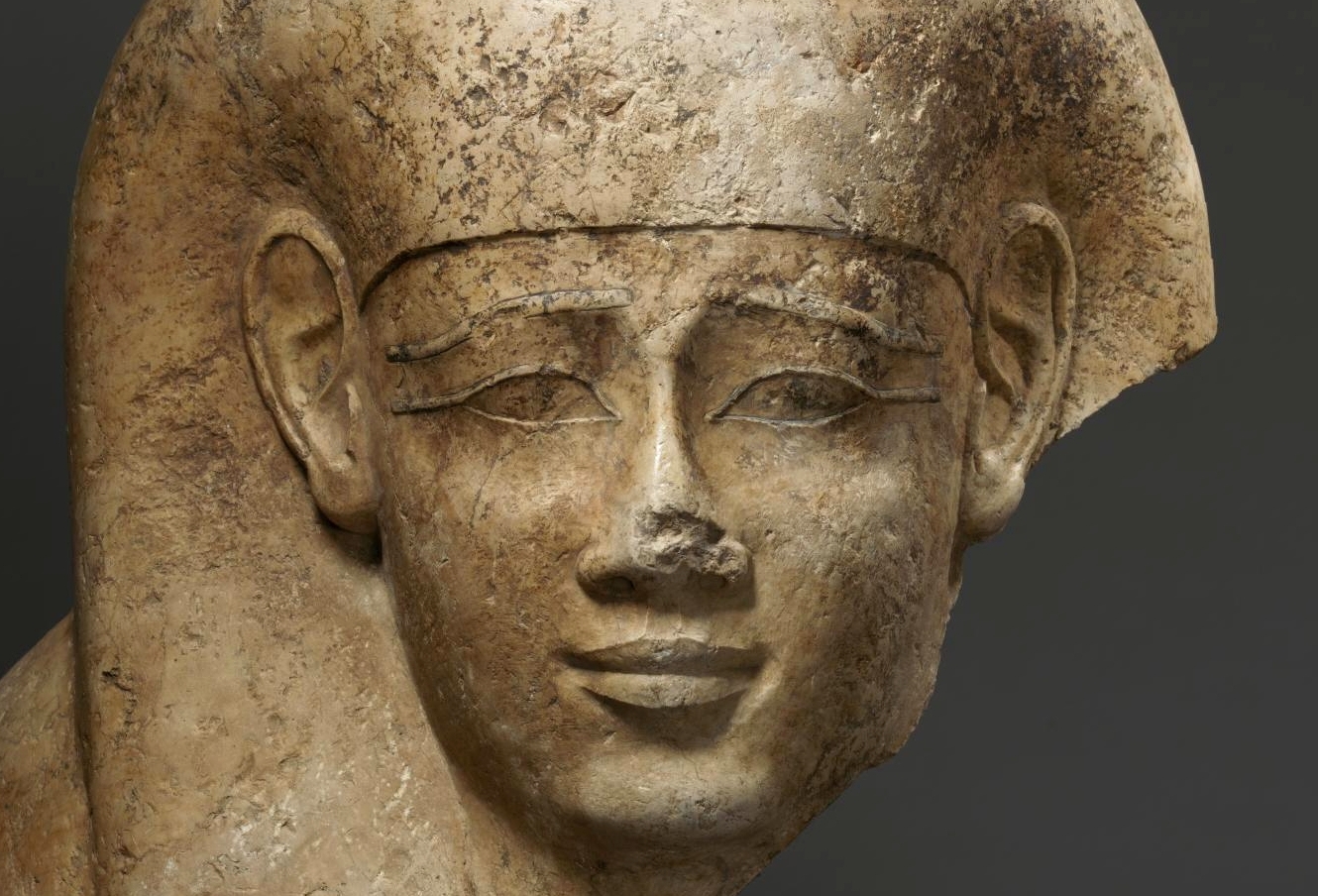Egypt's Late Period kings were nostalgic for the glory days of their legendary forebears, when the pharaohs ruled as gods and raised colossal pyramids, changing the Egyptian skyline forever.
Instead, what we call Egypt's Late Period (747 B.C. to 332 B.C) was a turmoil of invasion, conquest, reclamation and invasion again. There was barely a time in which some foreign ruler wasn't laying claim to at least part of Egypt.
First came the Nubian kings from the south (Dynasty 25) who saw themselves as liberators, restoring the country's traditional ideas. They were expelled by the Assyrians who installed a number of local vassals to rule in their place (Dynasty 26). In time, Egypt grew from a subordinate state to again stand proudly as an independent country, although remaining an ally to Assyria.
Then along came the Persians who swept through Babylonia and Egypt in 525 B.C. Once again native control of Egypt was lost to the invaders, who ruled Egypt through a resident governor (Dynasty 27). Persia's defeat by the Greeks at Marathon inspired Egypt's regional rulers to fight back and reclaim Egypt (Dynasties 28 and 29).
The Persians weren't easily dissuaded however, and it was during Dynasty 30 that Egypt's former masters returned. Twenty years of local rule was overthrown andEgypt once again fell to the invaders. The reigning pharaoh, Nectanebo II, became the last Egyptian to rule in Egypt for the next 2,500 years.
However, this second Persian Period was a short-lived affair, lasting only a decade before being challenged by Alexander the Great in 332 B.C.
The art and sculpture of these later periods saw their art drawing inspiration from their illustrious forebears. This exceptional 30th Dynasty limestone sarcophagus lid dates to the reign of Nectanebo I, the last native Egyptian pharaoh to leave a reasonable legacy in stone. In fact he was quite the prolific builder. Nectanebo II was responsible for Luxor Temple's Avenue of Sphinxes, beginning the First Pylon at Karnak Temple, as well as starting work on the beautiful Temple of Isis on the island of Philae, near Aswan.
This sarcophagus lid is in a private collection.
